Monkey Temple, Jaipur
Tales from a timeless Hindu pilgrimage site
The Monkey Temple, formally known as Galta Ji, delivers a fascinating blend of spirituality and nature in the heart of Rajasthan.
Located just 10 kilometres from Jaipur’s bustling centre, this ancient Hindu pilgrimage site has earned its nickname from the hundreds of macaques that call it home. The sacred complex rewards those who venture beyond Jaipur’s famous palaces with an authentic glimpse into living Hindu traditions.
The spiritual significance of Galta Ji
The sacred complex holds deep religious importance in Hindu culture. According to ancient texts, Saint Galav spent time performing meditation and penance at this location. The site features several shrines dedicated to various deities, making it a significant centre for Hindu pilgrimage.
The temple’s spiritual atmosphere intensifies during sunrise when devotees gather for morning prayers. The natural spring water, believed to be as sacred as the Ganges, flows through the temple complex, filling seven different tanks where people take ritual baths.
The spiritual energy of Galta Ji reaches its peak during festivals, particularly during the Hindu month of Kartik. During this period, thousands of devotees climb the stone steps to participate in ceremonies and seek blessings at this sacred site.
Architectural marvel of the temple complex
The architecture of Galta Ji showcases the brilliant craftsmanship of ancient Indian builders. Pink sandstone and marble combine to create a stunning visual display, while intricate carvings adorn the walls, telling stories from Hindu mythology.
The temple complex consists of multiple levels built into a narrow valley. Natural springs emerge from the Aravalli Hills, feeding the sacred water tanks. Each shrine within the complex features unique architectural elements, from painted walls to carved pillars.
The main temple pavilion features a distinctive mix of traditional Rajasthani and Mughal architectural styles, demonstrating the cultural synthesis of different eras. Frescoes depicting religious scenes and royal processions decorate the inner sanctums, while carved elephants guard the temple entrances.
The resident macaques
The temple’s furry inhabitants have become an integral part of its identity. Two species of monkeys coexist here – the langurs and rhesus macaques. These monkeys roam freely throughout the complex, adding a distinctive character to the sacred space.
While the monkeys are generally peaceful, their presence requires mindfulness from those exploring the temple grounds. The local community considers these creatures sacred, believing them to be representatives of Lord Hanuman.
Best times to explore
Early morning hours at Galta Ji offer the most serene experience, as sunlight gradually illuminates the pink sandstone structures. The winter months, from October to March, provide comfortable temperatures for exploring the temple complex.
The golden hours of sunrise and sunset create magical moments when the architecture of Galta Ji glows in warm light. These times also coincide with the temple’s most active periods, when religious ceremonies often take place.
During monsoon season, the surrounding landscape transforms into a lush green setting, creating a striking contrast with the pink stone temples. The water tanks fill to capacity, reflecting the ancient architecture in their mirror-like surface.
Summary
The Monkey Temple stands as a remarkable fusion of spiritual heritage and natural wonder in Jaipur.
This sacred Hindu pilgrimage site, with its ancient architecture, religious significance, and resident monkeys, continues to captivate those interested in India’s rich cultural heritage. The temple complex offers a unique glimpse into the harmonious coexistence of spiritual practices and wildlife, making it an essential part of Rajasthan’s cultural landscape.
From a personal perspective, I was very disappointed in the state of this sacred site. Over the past week I have come to realise that India and rubbish are synonymous, but here it had been taken to a new level. And whist the site is visually impactful, so is the smell of rubbish. I would suggest to still visit, but be prepared to have your senses assaulted.


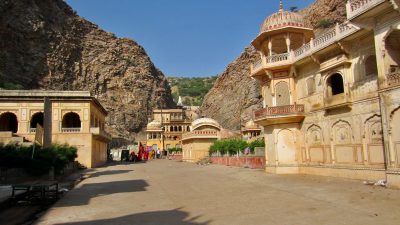
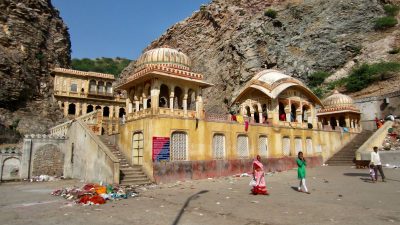
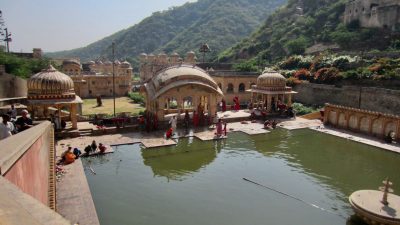
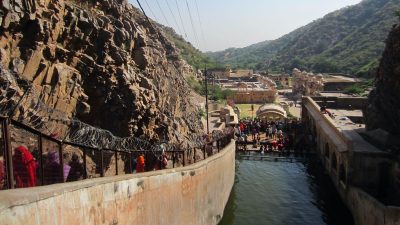
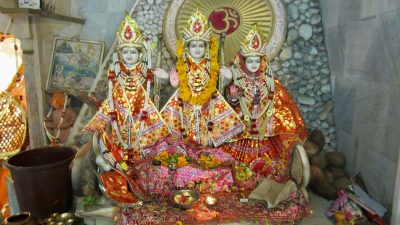
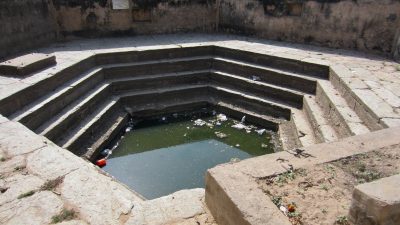

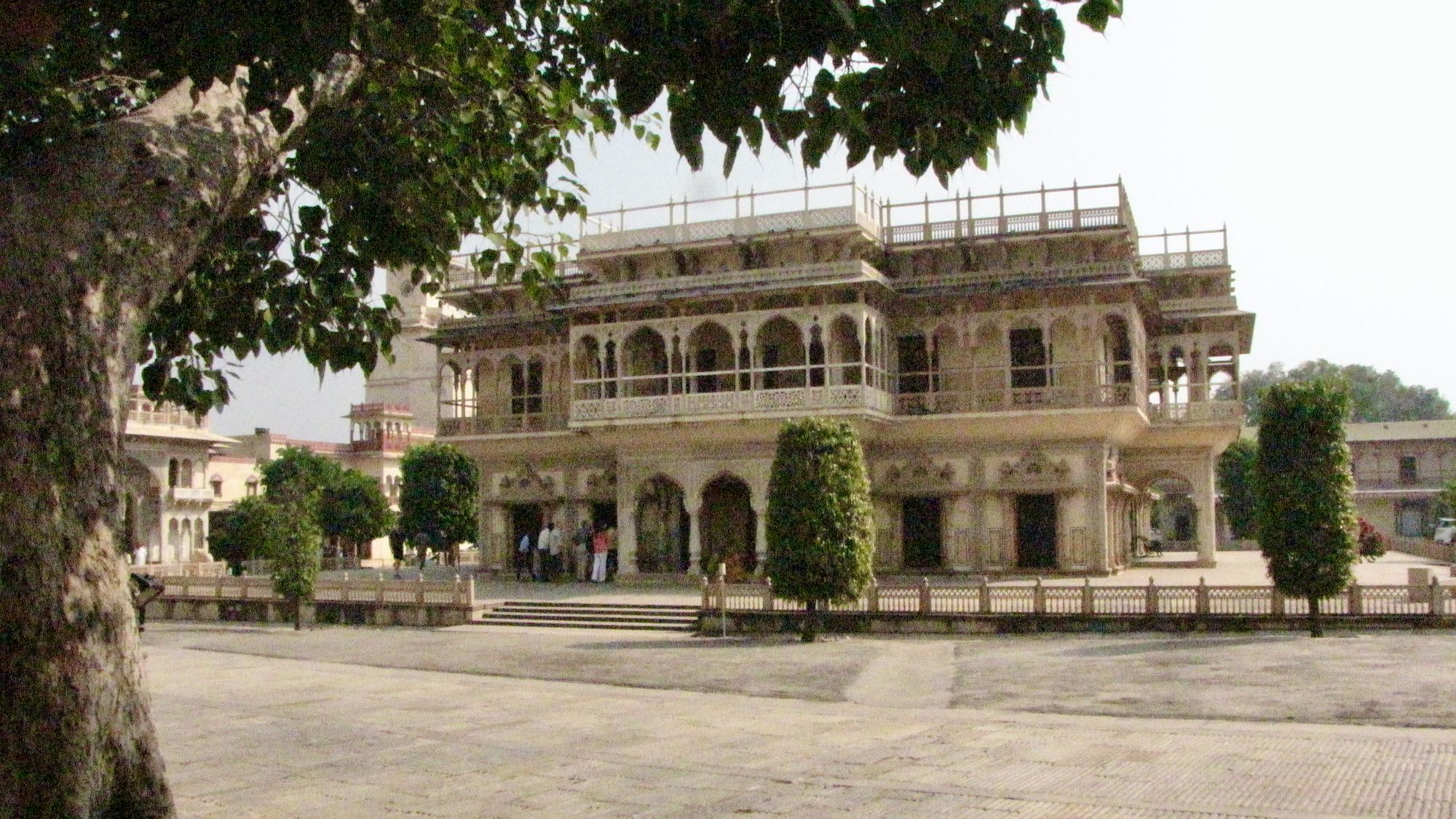
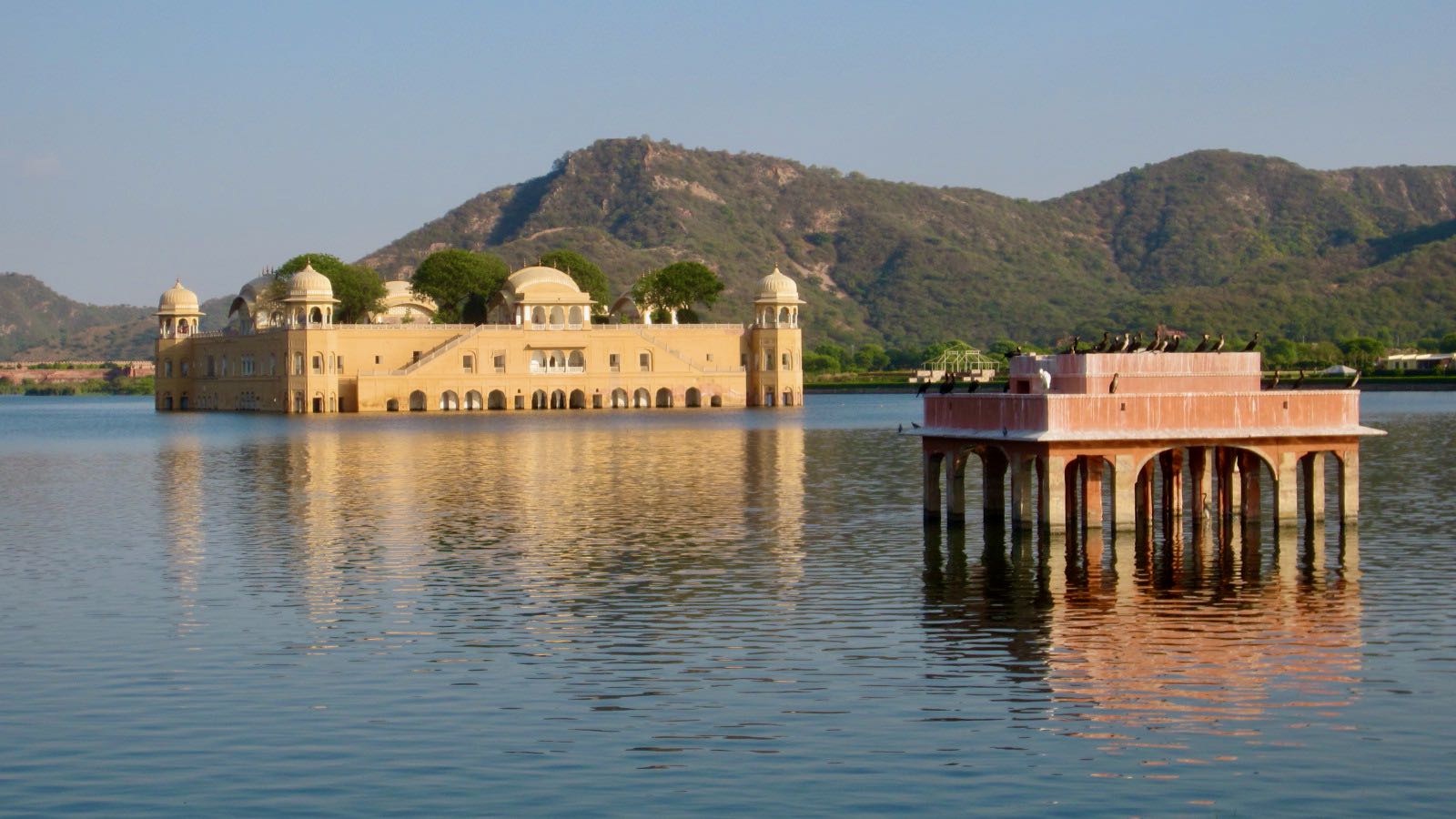
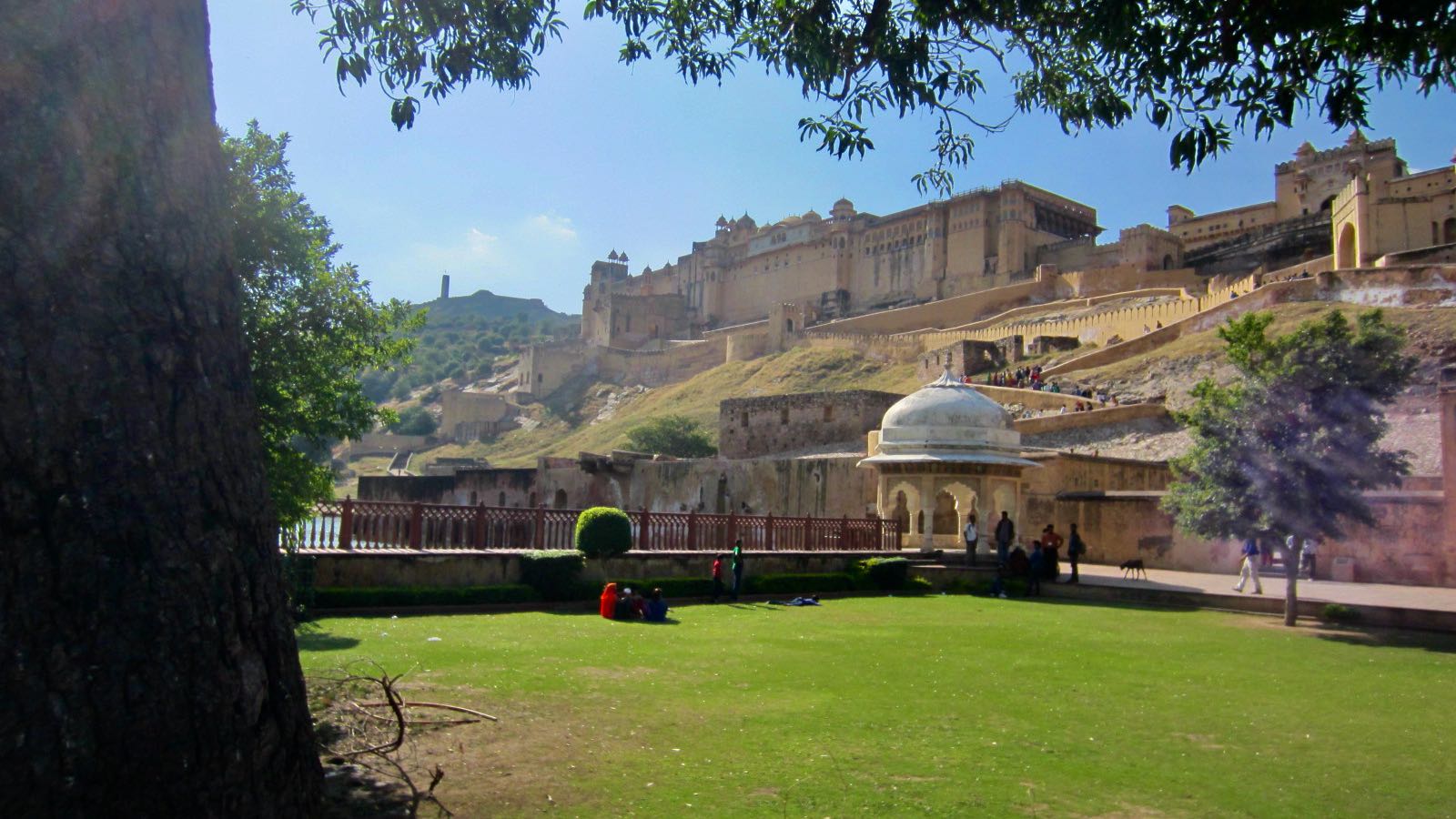

Leave A Comment